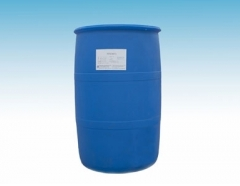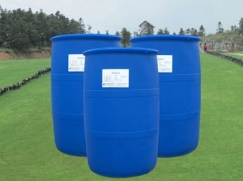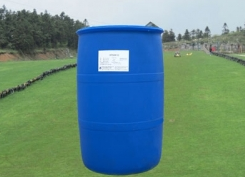The environmental protection performance of surfactants mainly refers to the toxicity and biodegradability of surfactants themselves and the improvement of the absorption rate of surfactants to other chemical materials.

On this basis, a series of new surfactants have been successfully developed, such as alkyl polyglycosides (APG) and gluconamide (APA), which are produced by the reaction of glucose and lipids with alcohols or fatty acids, and ED3A, which has both surface activity and strong complexation ability with calcium and magnesium ions, obtained by EDTA modification. Hexadecyl diphenyl ether monosulfonate (C16MADS); GEMINI surfactant; crackable, reactive biosurfactants, etc.

But these surfactants are not widely used in leather industry. It has been reported that alkyl polyglycerol (APG) and other surfactants (such as JFC, etc.) have been used as leather soaking aids, leather degreasing agents, retanning fillers, fatliquoring softeners and dyeing and oiling aids. The application of this kind of material in leather production is beneficial to environmental protection and ecology.

Alkyl glycosides, or APG for short, are biosurfactants synthesized from renewable natural aliphatic alcohols and glucose. They are new non-ionic surfactants with comprehensive properties. They have the characteristics of common non-ionic and anionic surfactants. They have high surface activity, good ecological safety and solubility. The internationally recognized preferred "green" functional surfactant.
In recent years, surfactant has been used as flocculant and obvious effect has been achieved.
Surfactants with higher molecular weight or polar polymers have remarkable flocculating effect, but more and more effective are polymer surfactants, which can coagulate dispersed particles through bridging mechanism.
Polyacrylamide (non-ionic, anionic, cationic, amphoteric) is commonly used in sewage treatment; starch modifiers such as cationic starch and amphoteric starch; chitosan and its modifiers, various ionic polyacrylamide (PAM) and starch-grafted polyacrylamide have attracted much attention in this respect. Effect.